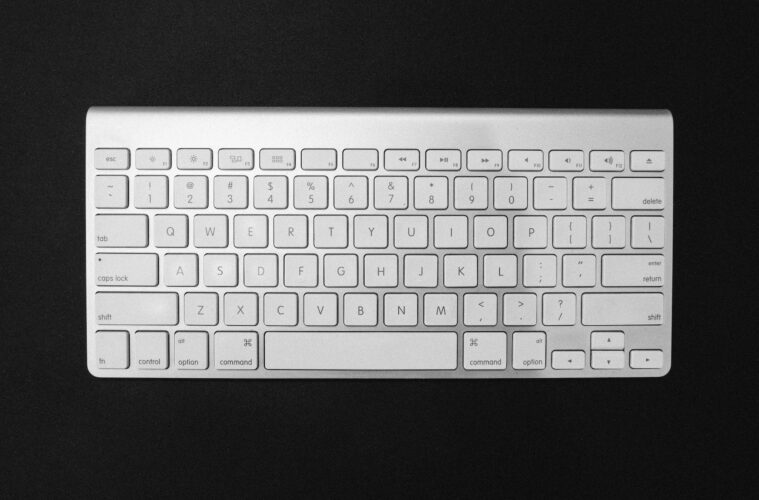Reference usage becomes essential for students for several reasons. First, they use references to add more valuable information to the text, supporting their opinion with facts and quotes. Second, it’s essential to understand how the citation should be used in writing.
Of course, it’s easy to say, “I know who can write my essay for me,” and hire an author, but what about doing it yourself? Once you make a mistake, the teacher has a reason to give you a lower mark. So, why not take time and learn how to cite an essay? We will provide recommendations for MLA, APA, and Chicago writing styles to make the instructions more valuable.
Citing an Essay in Modern Language Association Style
According to the rules, citing should start with the author’s last name. After that, you may put a comma and type the first name. It is the first sentence.
Next comes the essay title. Consider using the title case, capitalising the first and the last word and all nouns, pronouns, adjectives, adverbs, and verbs in the title. The sentence ends with a period that stays inside the quotation marks.
If there are authors or editors of the writing, you must mention them and the title. This should be done using italics and title case. After writing the title in italics, type the word “by” and mention the author’s name. Add a comma after it.
The next step is to add publication information about the work. After the comma written in the previous step, type the publisher’s name, and add another comma. Mention the year the work was published, adding a comma as well.
The fifth step is to include the page numbers. First, add the abbreviation “pp.” followed by the essay’s first and last page. Separate the numbers using a hyphen and place a period after the second number.
The sixth and final step for the MLA writing style requires adding the author’s last name and the page number of in-text citations. It will look like that:
(Anderson 41).
References in APA Writing Style
The rules for the American Psychological Association have some similarities with the MLA, but there are also several differences to mention.
Start with the author’s last name, but then add the initial of the first name.
Next, you add the year the writing was published, ending this sentence with a period.
The third step is to add the title of the essay. Do it in the sentence case (if there’s a subtitle, it should also be typed in the sentence case).
The fourth step is providing information about the author of the work. Type “In,” then type the author’s or editor’s first initial and last name. For the editor, add the abbreviation (Ed).
The fifth step is adding the essay’s page range and the large work’s publisher. Pages’ numbers should come after the abbreviation “pp.”.
Finally, you add the author’s last name and the year of publication. Whether it’s an APA style, feel free to use the author-date system for in-text citations. Type the author’s last name in parentheses. Then, add a publication year and a period after the parentheses.
Chicago Recommendations for Essay Citing
Citing rules for Chicago’s writing style differ from the previous ones. Here are five simple steps on how to cite an essay using it:
- Enter the citation with the name of the author of the essay. Add the last name, put a comma, and add the first name. End the sentence with a period.
- Add the name of the essay. Put it into quotation marks, capitalising the first word, nouns, adjectives, adverbs, and verbs.
- The title and the editor of the work come next. After typing the word “In,” put a comma, and add the comments “edited by,” following them with the editor’s name. Also, put a comma after that. Add the page range (for example, 70-90).
- Type information about the work. It should include the location of a publisher, their name, and the year when the more significant work was published. Put a period in the end.
- Adjust formatting for footnotes. The first one includes the same information as the bibliography entry but is formatted as a single sentence. Here, you might use commas instead of periods to separate the fragments. Only in the end might you put a period when everything is mentioned.
When you see such recommendations for the first time, they may look like something extra complicated. However, after the first try, everything becomes less challenging.



